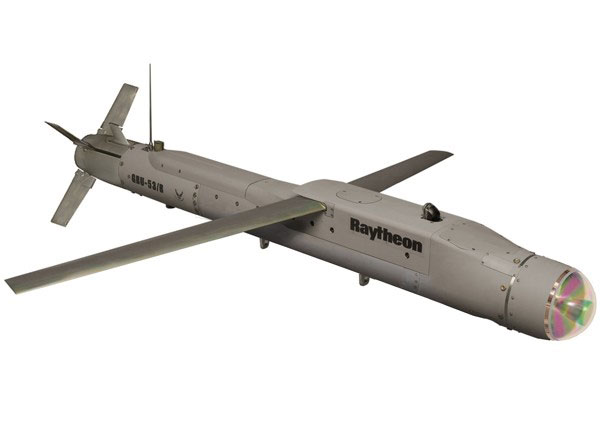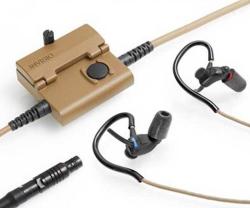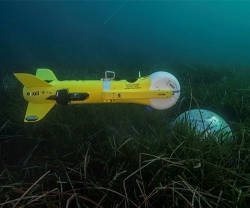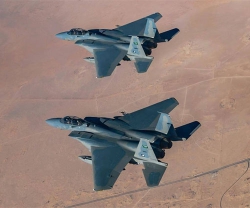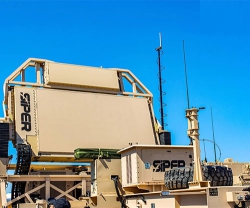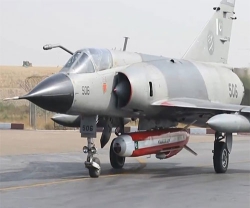During the test, 4 SDB II shapes were loaded into an F-35 weapon bay alongside an Advanced Medium Range Air-to-Air Missile. Sweeps of the inboard and outboard bay doors verified there was adequate clearance between the two weapons.
“Completion of the fit check is critical because it further validates SDB II's compatibility with the F-35 and keeps SDB II on track for a smooth transition to production,” said Harry Schulte, Raytheon Missile Systems' Vice President of Air Warfare Systems.
“Once fielded, SDB II will provide the warfighter with an unprecedented capability to precisely strike moving targets in adverse weather conditions and through battlefield obscurants,” he added.
SDB II is designed to be carried by a host of 4th- and 5th-generation aircraft, including the U.S. Air Force F-15E; the U.S. Marine Corps variant of the Joint Strike Fighter, F-35B; and the U.S. Navy F-35C. The GBU-53/B is also compatible with the Air Force F-35A, F/A-22 and F-16C/D, as well as the Navy F/A-18E/F.
SDB II can hit targets from a range of greater than 40 nautical miles. It has a powerful warhead capable of destroying armored targets, yet keeps collateral damage to a minimum through a small explosive footprint. It is highly accurate and offers warfighters the flexibility to change targets, due to a datalink that passes mid-flight updates to the weapon.
SDB II's integrated tri-mode seeker, which is built in Raytheon's automated tri-mode seeker factory, fuses millimeter-wave radar, uncooled imaging infrared and semi-active laser sensors on a single gimbal, which enables the weapon to seek and destroy targets, despite weather conditions.
- The Department of Defense has validated SDB II as a weapon that meets a critical warfighter need.
- SDB II will hit moving targets in adverse weather from standoff ranges.
- SDB II employs an uncooled tri-mode seeker.
- The DOD has invested more than $700 million in the SDB II program.

